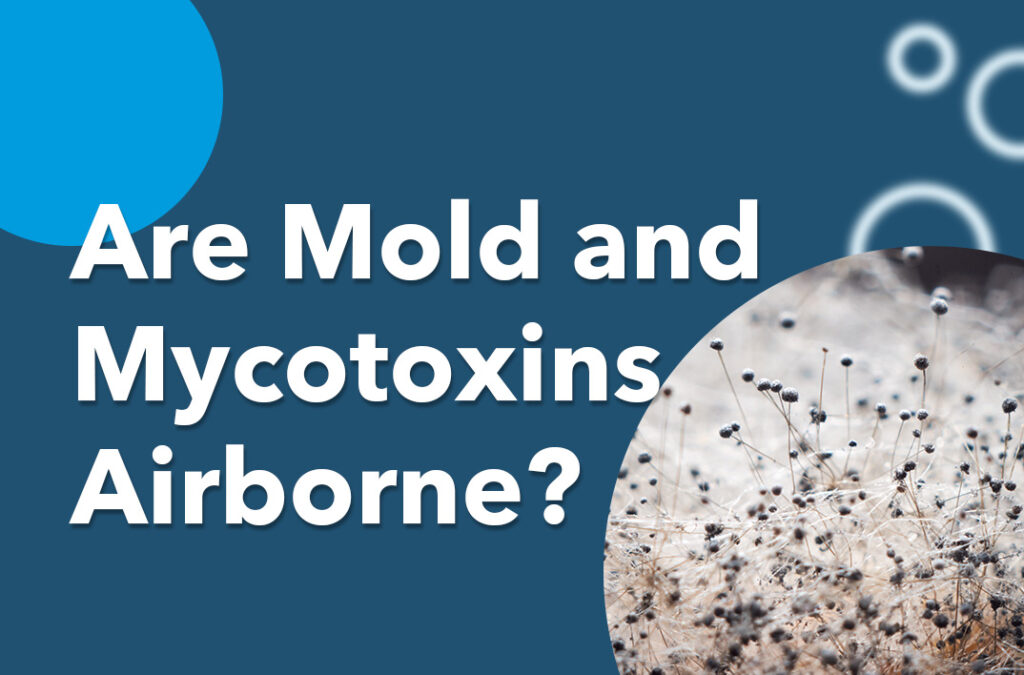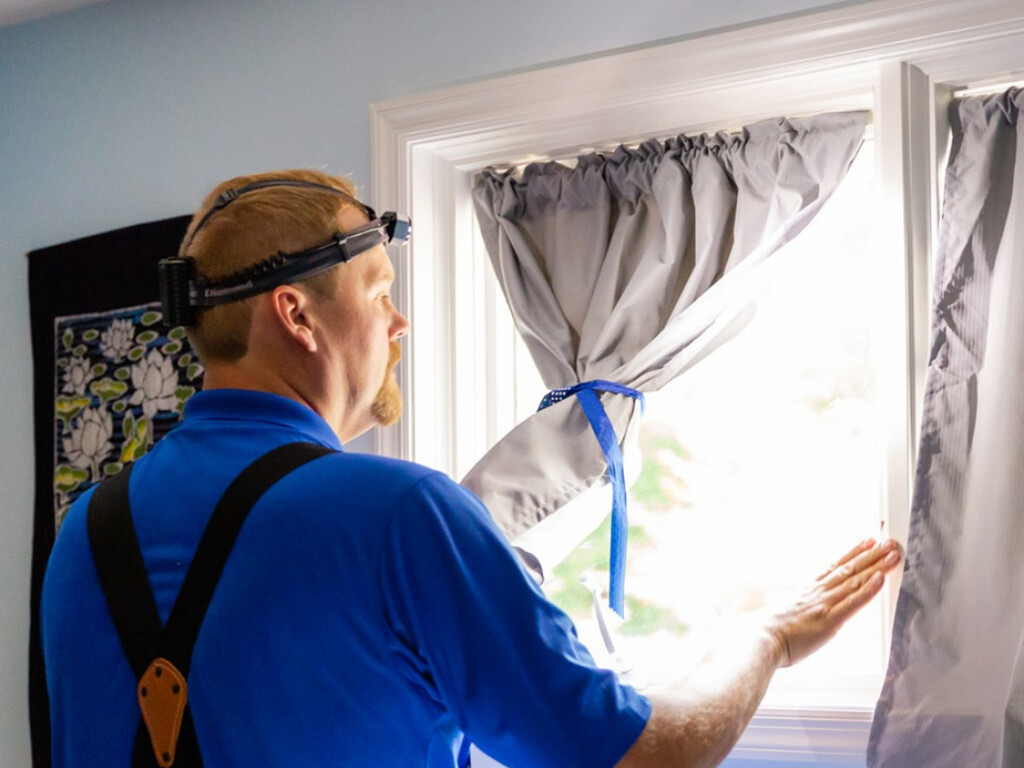Comprehensive Solutions for Your Mycotoxin testing Services Demands
Comprehensive Solutions for Your Mycotoxin testing Services Demands
Blog Article
Just How Mycotoxin Screening Assists Prevent Contamination and Guard Food Materials

Mycotoxin testing is an indispensable technique in the food sector, offering as a frontline defense against contamination by dangerous toxins produced by molds. Via the application of innovative techniques like High-Performance Liquid Chromatography (HPLC) and Liquid Chromatography-Mass Spectrometry (LC-MS), food producers can properly discover and evaluate mycotoxin degrees in farming products.
Comprehending Mycotoxins
Understanding mycotoxins begins with recognizing that they are toxic additional metabolites generated by specific molds, which can contaminate farming items. These metabolites are not crucial for the development or recreation of the fungi but can have extreme implications for animal and human health and wellness. Mycotoxins are generally discovered in staple crops such as corn, wheat, barley, and nuts, where they can proliferate under certain conditions of moisture and temperature.
There are a number of sorts of mycotoxins, each produced by various fungal types. Aflatoxins, created by Aspergillus types, are amongst the most well-known, known for their cancer causing properties. Another considerable team consists of ochratoxins, generated by Aspergillus and Penicillium varieties, which have nephrotoxic impacts. Fusarium varieties create trichothecenes and fumonisins, both of which are connected with numerous acute and chronic wellness issues.

Dangers of Mycotoxin Contamination
The dangers of mycotoxin contamination are complex, posing considerable dangers to both food safety and public wellness. Mycotoxins, poisonous compounds generated by specific kinds of fungis, can pollute a wide array of farming products consisting of grains, nuts, seasonings, dried fruits, and coffee.
Economic impacts are another major problem. Polluted crops can lead to substantial monetary losses for farmers and food manufacturers as a result of minimized returns and the need for pricey purification actions. International profession can be substantially prevented as nations impose stringent mycotoxin policies to protect their populaces, leading to rejected shipments and strained profession relations.
Ecological variables such as environment modification worsen the threat of mycotoxin contamination. Variants in temperature and humidity can produce desirable problems for fungal development, raising the probability of contamination events. Thus, understanding and minimizing these threats are essential for guaranteeing the safety and honesty of international food materials.
Approaches of Mycotoxin Evaluating
Accurately identifying mycotoxin contamination in agricultural products is essential for protecting public health and wellness and maintaining food safety criteria. Various techniques are utilized to detect and evaluate mycotoxins, each offering specific advantages and restrictions.
High-Performance Fluid Chromatography (HPLC) is an extensively used approach because of its high level of sensitivity and accuracy. It includes dividing mycotoxins from other substances in a sample, enabling precise quantification. Liquid Chromatography-Mass Spectrometry (LC-MS) integrates liquid chromatography with mass spectrometry to offer in-depth molecular info, making it specifically valuable for identifying several mycotoxins all at once.

Gas Chromatography-Mass Spectrometry (GC-MS) and Thin-Layer Chromatography (TLC) are likewise employed, each with unique applications. GC-MS is reliable for unstable mycotoxins, while TLC offers a simpler, affordable choice for preliminary screening.
Advantages of Regular Evaluating
Regular screening for mycotoxins in agricultural products provides various advantages, significantly adding to public health and food security. By determining contamination early, regular screening aids stop the distribution of harmful foods, consequently minimizing the threat of mycotoxin-related ailments amongst consumers. This positive strategy not only safeguards human health and wellness but additionally boosts the overall high quality of food materials.
Constant testing likewise supports regulatory compliance. Various nations and areas have developed rigorous restrictions for mycotoxin levels in food and feed. Complying with these restrictions via normal testing makes sure that providers and producers satisfy lawful criteria, consequently avoiding fines and profession obstacles. Additionally, keeping conformity promotes customer depend on and brand name credibility, which More hints are crucial for market success.
Furthermore, normal mycotoxin screening can bring about substantial financial benefits. Early detection of contamination permits for prompt treatment, decreasing potential losses from widespread contamination. Implementing routine screening methods can also lessen recall expenses and relevant responsibilities, which can be economically ruining.
Moreover, regular screening gives important data that can notify far better agricultural methods and storage space conditions. By comprehending patterns of contamination, producers can take on preventative actions, consequently lowering future risks and adding to the sustainability of the food supply chain.
Implementing Evaluating Protocols
Applying reliable mycotoxin screening methods is important for making certain the safety and security and quality of farming products. Each phase needs to be inspected to determine where mycotoxin contamination is most likely to happen.
Once critical control factors are determined, selecting proper testing approaches is vital. Usual methods consist of enzyme-linked immunosorbent assay (ELISA), high-performance liquid chromatography (HPLC), and mass spectrometry (MS) Each approach has its staminas and weak points; therefore, picking the right one relies on the certain mycotoxin being tested, the needed level of sensitivity, and offered sources.

Finally, integrating the screening procedures right into a thorough food security management system is suggested. This improves traceability and enables speedy restorative activities when contamination is discovered, thereby securing the integrity of the food supply chain.
Verdict
Mycotoxin screening is essential in preventing contamination and securing food supplies by making it possible for early detection of hazardous toxic substances produced by mold and mildews in farming items. Advanced approaches such as HPLC and LC-MS make certain conformity with safety policies and shield customers from health and wellness dangers. Regular testing enhances brand credibility, financial security, and count on food safety and security by reducing contamination-related losses and maintaining high standards in food manufacturing. Executing rigorous screening protocols is thus news critical for the sector's general well-being.
Mycotoxin screening is an indispensable method in the food market, serving as a frontline defense versus contamination by damaging toxins generated by molds. An incorporated technique involving farming practices, storage space administration, and normal testing can minimize the threats connected with mycotoxin contamination, making sure food security and public health and wellness.
The threats of mycotoxin contamination are diverse, posturing substantial hazards to both food safety and public health.Normal screening for mycotoxins in agricultural items provides many benefits, considerably contributing to public health and food security.Mycotoxin testing is important in avoiding contamination and guarding food products by enabling very early discovery of unsafe contaminants created by molds in agricultural items.
Report this page